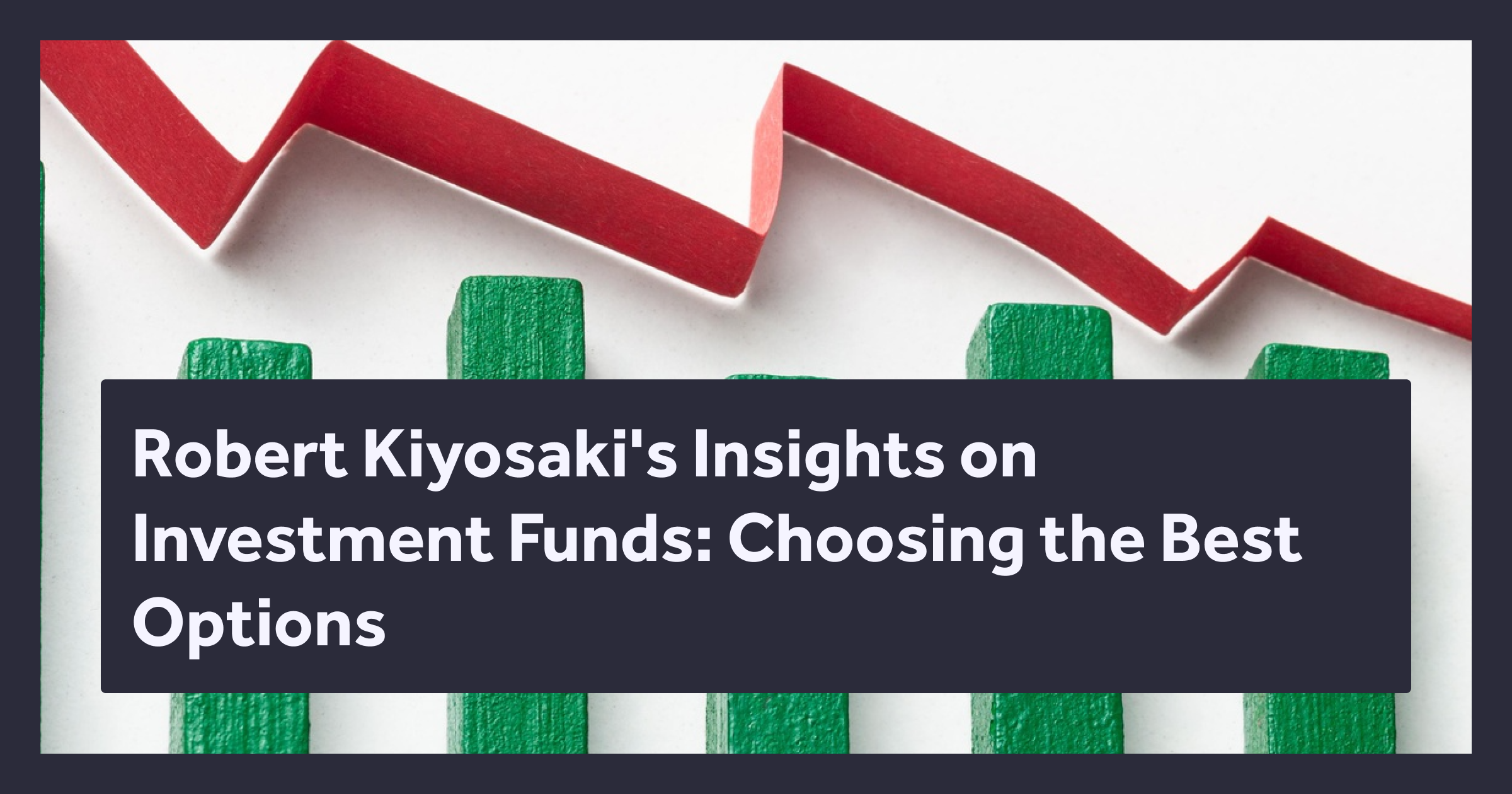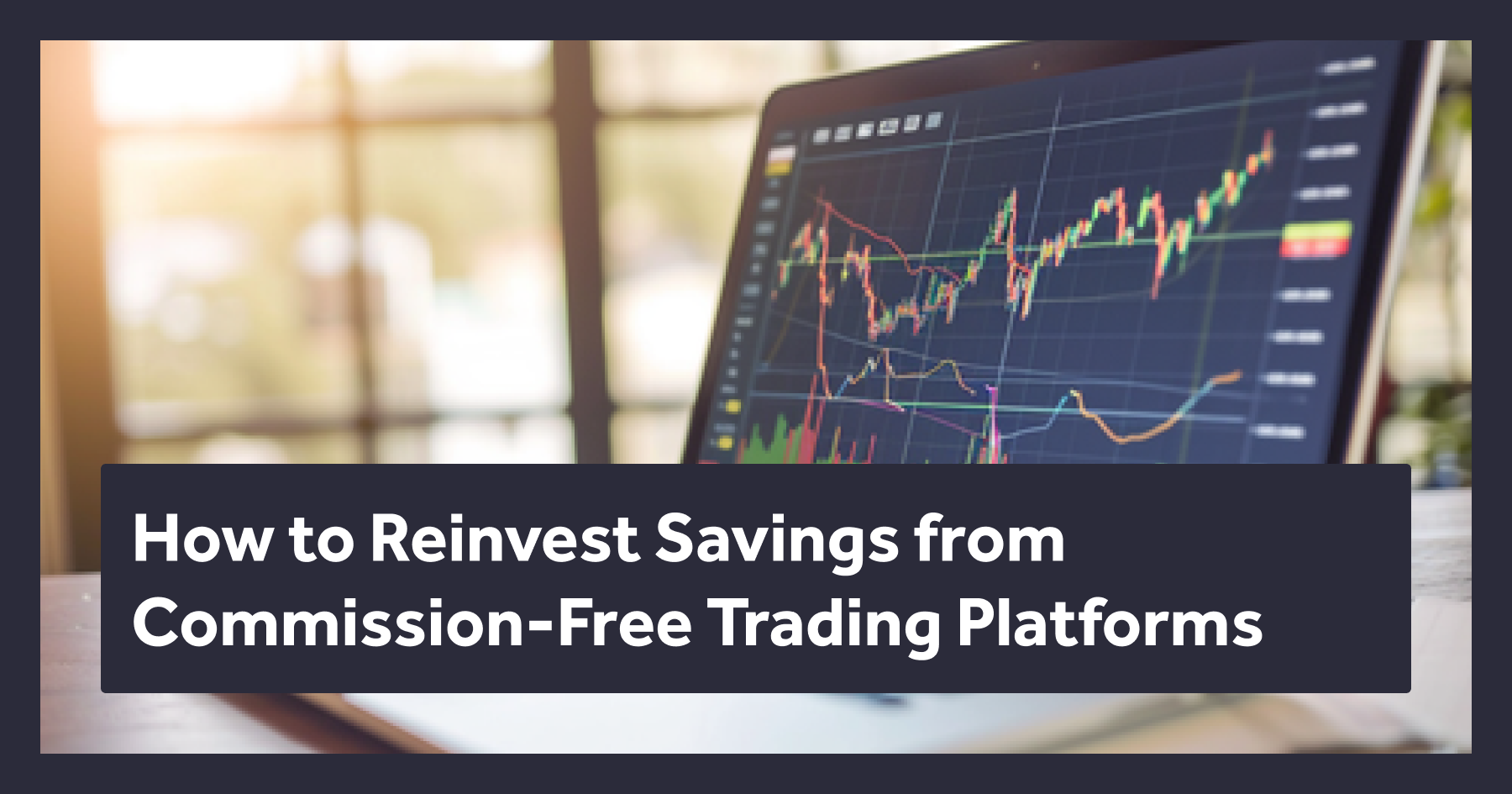
Investing is an effective wealth-building tool, and with the advent of fee-less trading platforms, it's become significantly more accessible for everyday people. If you're striving to meet your financial goals, it's understandable that you want to maximize your profits while minimizing costs. Traditional brokerages have been a common pain point for many investors, with their various fees eating into potential returns.
This guide aims to help you understand this new era of fee-less trading and how you can leverage it for your own financial growth.
Understanding Traditional Brokerages and Their Costs
To appreciate the potential benefits of fee-less trading, it's important to first understand the traditional fee-based model for brokerages.
- Commissions: These are charges incurred when brokers execute trades on your behalf. This cost can eat significantly into your potential profit margins. The average fee per transaction at a full-service broker is $150, while discount brokers charge on average $10 per transaction.
- Annual Fees: Some full-service brokers charge annual fees between 1% and 1.5% of total assets they manage for you.
- Research Fees: To provide investment data and research, some brokers charge fees, which can add up, particularly for active investors.
- Assets Under Management (AUM) Fees: This is a common practice where brokers will charge a percentage of the assets they manage per year, typically varying from 1% to 2%.
- Trading Spreads: Trading spreads, which are the difference between the bid and ask prices of a security, are another way traditional brokers may charge you.
The multitude of these costs, when combined, can greatly affect your investment returns. Consequently, the complication and cost of these fee structures have led many self-directed investors to consider other trading options.
Emergence of Fee-less Trading Platforms
Fee-less trading platforms represent new opportunities for investors to bypass many of the fees that chip away at their investment returns. A number of these platforms have emerged, allowing for commission-free investments, keeping costs down, and giving access to a larger pool of potential investors who were otherwise discouraged by traditional brokerages charges.
But how do these platforms make money? Here are a few key ways:
- Interest: These platforms can earn interest on the cash balances held in customer accounts. This provides them with a steady stream of revenue, compensating for absence of transaction fees.
- Margin Lending: Some platforms offer margin lending, which allows customers to borrow money to invest. The platform earns interest on the loan. This feature may come with its own risks, so it's important to understand it fully before participation.
- Payment for Order Flow (PFOF): Trading platforms can receive payment for directing customer orders to certain exchanges and third-party liquidity providers.
- Rehypothecation: Some platforms use rehypothecation to fund commission-free trades. This is the practice of using customer assets as collateral for loans. The platform earns interest on the loan.
- Premium Accounts: Some platforms offer premium accounts with enhanced features and services, such as Robinhood Gold. These come with a price and provide another revenue stream for these fee-less brokers.
It bears noting that while these trading platforms offer the significant advantage of no trading fees, they often provide fewer services compared to traditional brokers. For instance, they may offer less investment guidance or research tools. Therefore, these platforms are particularly suited for self-directed investors with solid investment knowledge and decision-making skills.
Evaluating Your Investment Choices
Recognizing your needs and your individual trading style is crucial in evaluating your investment choices. If you have more experience and an independent mindset, fee-less trading platforms may offer a more cost-effective solution. However, if you value additional services and guidance, it might suit you to stick with traditional platforms, despite the additional costs.
When making a decision, consider comparing both types of brokerages on the following factors:
- Investment Options: While most fee-less platforms offer a good range of mainstream investment options, you might find the selections somewhat limited compared to traditional platforms. For instance, certain mutual funds, bonds, or foreign stocks can be more difficult to find on fee-less platforms.
- Level of Support: Remember, with traditional platforms, you're paying for service as well as trading capabilities. They usually come with robust support, offering professional guidance and research materials to support your investment decisions. Fee-less platforms, on the other hand, frequently offer minimal support, making them better suited for experienced or independent investors.
- Platform Design and Usability: This one might seem purely cosmetic, but the design and usability of a platform play a significant role. A well-designed platform will present information clearly and make the trading process more streamlined. More often than not, traditional platforms have a more professional and comprehensive interface. Conversely, fee-less platforms lean towards a modern and user-friendly design.
- Additional Features and Benefits: Some platforms offer additional benefits to their users. For example, traditional platforms may offer in-depth analytics tools, whereas fee-less platforms might offer a simple and intuitive app for easy trading on the go.
In short, remember that these free and fee-based approaches cater to different investor needs. It's about selecting the right tool for your objectives and style of investing.
Efficient Trading: Realizing the Potential of Fee-less Trading
While the introduction of fee-less platforms has opened up a plethora of opportunities, it's important to understand how you can truly leverage their potential for your financial growth. Here are three tips to keep in mind:
- Know Your Platform: Each platform has its strengths and weaknesses. Some focus on a specific type of security, like stocks or cryptocurrency, while others provide a more diverse portfolio selection. Yet, some others may house a wealth of educational resources for novice investors. Know what you're getting into before committing to a platform.
- Understand Payment for Order Flow (PFOF): One way that these platforms make their money is through PFOF. While you're not directly charged, the PFOF could result in slightly less optimal trade executions, which might impact your trading results especially if you're an active trader. Make sure you're okay with the implications of PFOF before choosing this type of platform.
- Leverage the Savings: The advantages of fee-less trading are immediately apparent: you get to keep more of your investment returns. Use this to your advantage by reinvesting the money saved on fees or investing in more securities to diversify your portfolio.
Fee-less trading platforms provide you with an accessible and affordable way to grow your wealth. Your involvement in the market and investment decisions are of paramount importance. With careful planning, understanding, and strategy, you can navigate these platforms to ensure your investments work harder for you.
Embracing the Future of Trading
Long gone are the days when paying hefty fees was a necessary part of investing. As you venture further into the world of trading, remember that every dollar saved on fees is a dollar that could be working harder for you, increasing your returns over time.

While fee-less trading platforms may lack some of the services and options offered by traditional brokerages, they do make investing simple and affordable for the average person. By being self-directed, learning to make thoughtful investment decisions, and leveraging these platforms to their full potential, you can march towards financial independence while keeping your costs low.
As we move further into this new age of trading, embrace this evolution and make the most out of your investment journey. With the power of fee-less trading at your fingertips, growing your wealth has never been more within reach.
Whether fee-less trading fits your investment style and needs depends largely on your individual circumstances. Both traditional brokerages and fee-less platforms serve their purposes and have their own unique advantages. The key is to do your homework, understand your options, and opt for the platform that best compliments your trading style and investment goals. This way, you ensure that your trading practices are aligned with your financial aspirations, ultimately paving the way for your investment success.




